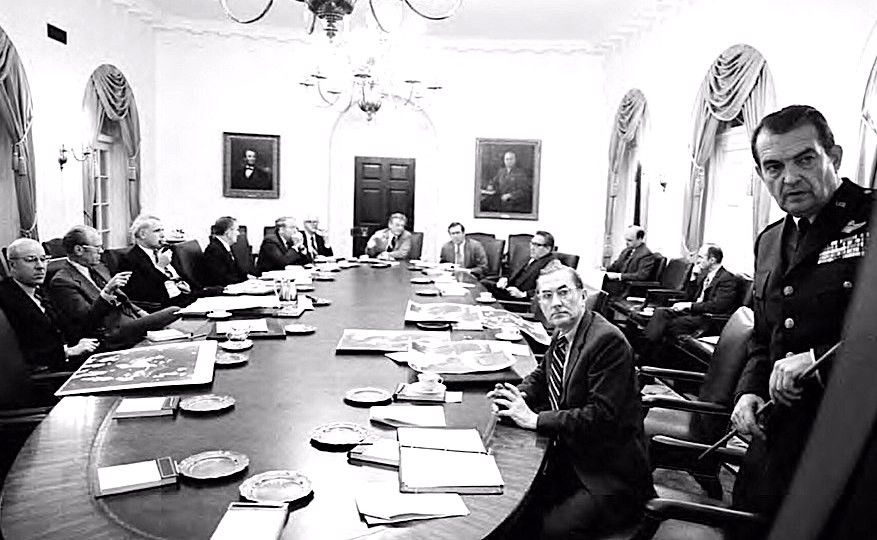
(Concepts like “strategic partnership,” for instance, were coined in an effort to avoid having to make binding alliance commitments or to take on treaty-based obligations.) Or, differences in assessment will be left unharmonized and simply appear in different sections of the document to satisfy competing constituencies-for instance, labeling a country a partner in one section of the document but describing it as a competitor or a threat in another. Sometimes, the compromise is to water down or eliminate specific items of language so that a degree of ambiguity is preserved. As drafts of an NSS are circulated via the interagency process, there can be significant pressure to modify, insert, or delete language that would support or threaten ongoing initiatives that matter to different parts of the national security bureaucracy.
/cloudfront-us-east-1.images.arcpublishing.com/mco/QU7IAGOCAFH4HEHAJ2VESARZJU.jpg)
There will be intense efforts to introduce and then defend language that is seen as vital to preserving existing programs or institutional preferences (for fear that if particular issues or regions of the world are not mentioned in the NSS, they become more vulnerable to the budget axe). national security establishment from having any input or contribution to its drafting. However, because the NSS is titled the “National Security Strategy of the United States,” it is impossible to exclude the different agencies and departments that make up the U.S.

In turn, there can be intense competition within the White House staff for who is given the ability to craft and fine-tune the President’s voice on foreign policy. He may be particularly attentive to efforts to turn the strategic prose into an exercise in satisficing between different bureaucratic and policy interests of the various departments of government and the political factions that make up his administration. If the President wishes the document to retain a close fidelity to his personal view, he will attempt to limit the number of people who play a role in its conception and drafting. Thus, the starting point for any draft of the NSS will be the President’s own cognitive makeup and his ideological preferences. The NSS is released in the President’s name and is supposed to encapsulate his thinking, perspective, and worldview. That requirement is often honored in the breach, with a strategy generally produced within each presidential term. The 1986 Goldwater-Nichols Act mandates that the Chief Executive issue a yearly national security strategy that is supposed to provide strategic guidance for the entire federal government. Yet there is an often-overlooked variable that can be controlled and that is necessary to make the strategy business more orderly: less strategic guidance and clearer lines of direction. Any sane Pentagon strategist is resigned to the fact that disorder is inherent to the exercise. Real-world events might intercede to modify the direction of the discourse, as the staff working on the 2002 Quadrennial Defense Review found on September 11, 2001. The budget cycle intervenes, forcing the department to make critical decisions without an agreed-upon strategy. The sequencing is inescapably star-crossed. As Peter Feaver thoughtfully explains, there are myriad obstacles to an effective process for developing strategy. The practice, on the other hand, is a messier proposition. As Mara Karlin (now serving as Assistant Secretary of Defense for Strategy, Plans, and Capabilities) and Christopher Skaluba (who served as principal director for strategy and force development in the Pentagon during the Obama administration) have observed:


It all starts with the President’s National Security Strategy-in theory. In turn, that should inform budget requests and the allocation of resources. military, in particular, is expected to respond to these challenges and will guide the military services in developing their concepts and in outlining the capabilities they need. These strategies will then provide greater detail for how the U.S. We are anxiously awaiting the release of a new National Security Strategy (NSS) from the Biden administration, from which more detailed strategies will be crafted that will lay out the challenges and priorities for the U.S.


 0 kommentar(er)
0 kommentar(er)
